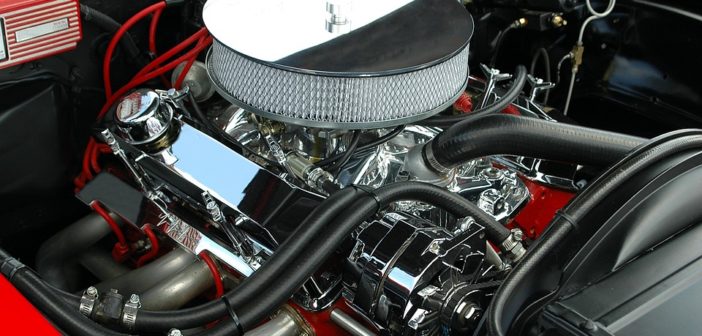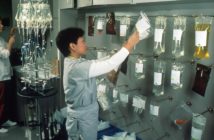The Bureau of Labor Statistics says this field will expand over the next decade
The BLS suggests at least a six percent expansion in repair fields. This fact means that mechanics and repair firms will continue to see people bring cars, trucks, and vans in for fixes. Long-term growth in this sector means that oversight entities expect new and existing brands to continue to make money no matter what happens to the economy. If a recession happens, then people in the auto repair industry will continue to see people bring in vehicles for repairs and regular checks like oil changes, tire rotations, and brake replacement services because these are things that will continue to be necessary to keep vehicles in good shape. Having reliable transportation to commute to work and school is a top priority that will ensure that repair shops stay busy and continue to fill openings for repairs and inspections.
The U.S. holds a large portion of the auto repair market
Market Watch says North America will see at least a quarter of the market share in this field this year. The numbers will creep up to an advantage of a third of the industry over the next decade. This statistic proves how vital the repair industry will be to American businesses and mechanics in the future. Controlling this much of the market means that people in the U.S. will continue to buy vehicles and use repair shops. If you want to get into a career or business that will last, then this industry is a safe bet. A consistent source of income and access to new and better workplaces are good incentives for people getting out of high school and those looking for something different.
Certifications and licensing offer steady wages around $19.00 an hour for auto repair techs
People interested in going into the repair field will find competitive wages a huge incentive. Secondary certifications like ASE brake and exhaust merits show workers have the skills and training to perform vehicle repairs correctly. The median wage is almost double the minimum wage offering families the chance to afford to buy cars and homes or provide security for the family. These wages will help families put money back for emergencies and slow times to keep lifestyles consistent. Business owners can save back for the slow times and big projects around the shop. Expenses like new lifts are easier to finance when work is consistent.
Another benefit of a steady growth pattern is employment opportunities. Because the field will grow, new job openings give certificate holders the ability to seek better jobs or work closer to home. Shorter commutes give mechanics more time to spend with family and friends. The chance to earn benefits or get a commission for repairs gives workers the ability to live a better quality of life than a non-certified profession. The automotive repair industry is a viable field that will continue to employ management and repair specialists. Workers can specialize in niche areas like paintless dent repair or exotic car fixes that can offer higher wages and better benefits with a few certifications in the auto repair field.
The auto repair industry is projected to remain strong and thriving over the next decade. The statistics we present show that growth will give new and existing workers the chance to continue to provide for families and secure a future with benefits and retirement fund options. Because America has such a high market share in the repair field, technicians are likely to see new shops opening around the country. Market Watch says that more and more vehicle owners are keeping models longer because of the cost of repairs and the special needs for technological innovations in newer vehicles.




